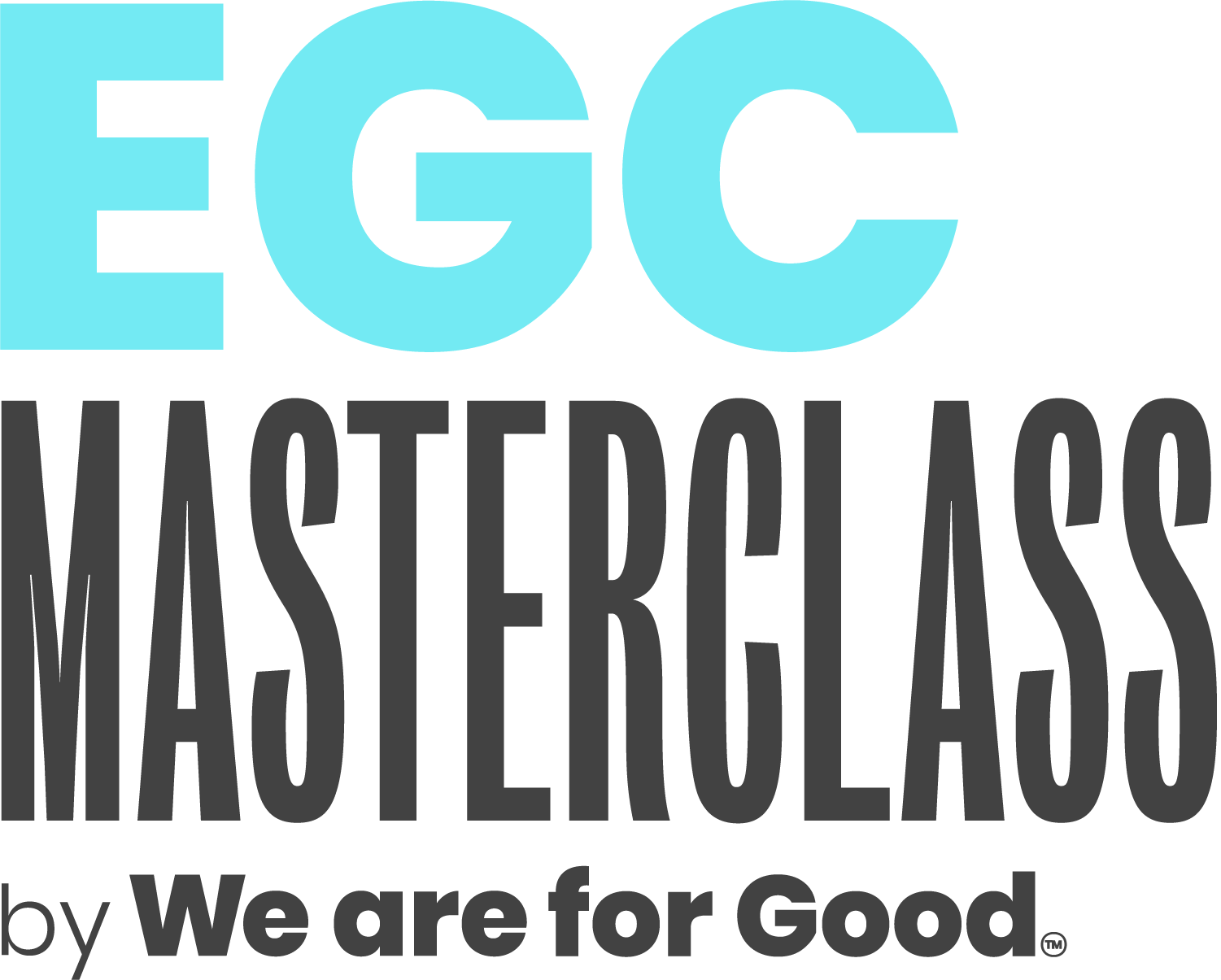The Trap of 100% Employee Giving Participation
Every week we talk shop with healthcare development leaders from across the country - and nearly everyone agrees they want to grow their employee giving participation. But before you align all your efforts around growing participation at all costs - be sure not to miss the bigger opportunity at play. While overall participation is one barometer of your efforts - it’s not the most important indicator of success. Here’s three realities when chasing that 100% participation trap:
Participation does not equal engagement.
This is true across all factors of managing and engaging a workforce so it’s no surprise it would translate in philanthropy as well. The wonderful thing is - research even backs this up.
Donating money in the specific context of the workplace not only makes people happier but i has been shown to increase job satisfaction and make people work better on teams (Norton, et. al., 2010.) Excerpt taken from Achieving Excellence in Fundraising
While participation shows how many people will complete a task you ask them to do… it doesn’t mean those people who completed the task are really invested in what you are asking them to do. By engaging your employees in a meaningful, long game of philanthropy, you allow the time and opportunity to be captivated by your mission, grow their belief in philanthropy and cultivate connection.
Participation needs context.
20% participation at a small, community-based hospital founded on philanthropy might be a cause for concern while 20% participation across a complex multi-state system that has survived multiple mergers, acquisitions and reductions in force could be the epitome of a campaign done right. Participation should be just one barometer for you to analyze how you are bringing more donors into your organization year-over-year, but should not be the sole indicator of program health. This is especially as you compare your metrics to other organizations. Like every number, participation needs context and needs to be analyzed in the context of trends. Some questions we encourage you to consider as you look at your participation:
How long has your organization focused on building a culture of philanthropy?
What are the internal/external factors that could affect/effect your giving climate?
How engaged is your leadership in setting the tone for participation?
What is your average gift amount from employees?
Are their other competing internal campaigns to benchmark against to see the comparison of participation at your organization?
All Participation is not counted equal.
This is a slippery slope - especially when you start to benchmark yourself against development shops who use this approach. Many workplace giving campaigns fluff participation numbers by including $0 gifts as “participants." This means employees who chose to not participate in the campaign could simply file a $0 pledge card and be “counted” as a participant. Hello technical foul! if you are counting $0 donors as participants today, please stop. You are doing nothing but making your own benchmarking stats even harder for yourself to exceed and not providing a true indicator of program health anyway. Beyond this - you aren’t treating your employees like you treat other donors… unless you plan on starting to add a $0 option on all your outbound direct mail and solicitations and folding them into your honor rolls too. Where do you stop? We believe when you give employees the full donor experience - this translates into a much more engaged and connected band of supporters who will help you grow your program beyond just garnering their gifts. So let’s raise the collective bar of what should be normalized in our profession and stop counting non-donors as donors to make ourselves feel better and fluffing our campaign participation.
So while chasing after 100% may always be a noble pursuit - my advice is simply to focus on growing engagement instead of participation, understanding the context of your participation numbers and making sure to understand how others are counting before taking too much stock in your next benchmarking exercise.
So what do you think about participation? Tell us in the comments how you use it at your organization and what you’re best ideas in focusing on employee engagement in philanthropy instead of just participation!
Jonathan McCoy, CFRE is Director of Annual Giving at INTEGRIS Foundation and Founder and Chief Visionary of We are for Good. {Read more] [Email Jon]


